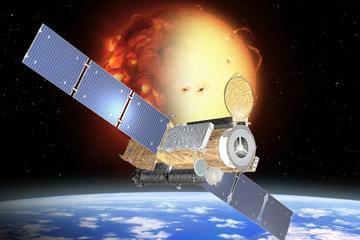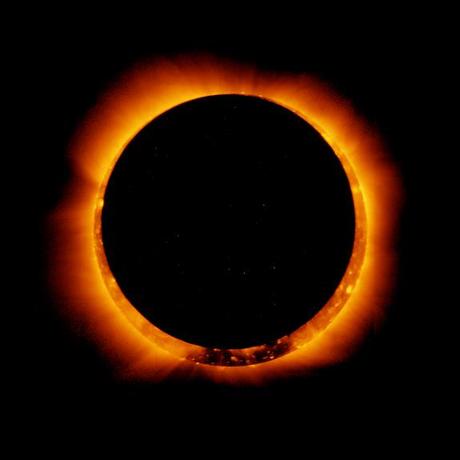
An artist’s concept of the Hinode spacecraft in its low orbit around Earth during the sun’s uneclipsed activity.
CREDIT: JAXA
As people across the United States scramble for a good position to observe the solar eclipse this Sunday (May 20), a Japanese satellite will get great looks from orbit.
The Hinode spacecraft will cross the path of Sunday’s annular solar eclipse a total of four times — and it won’t have to worry about its view being blocked by any pesky clouds. No other sun-observing satellite will be able to watch the dramatic event.
“Given the low altitude of the orbit, if Earth is eclipsed, so is the spacecraft,” said Jonathan Cirtain of NASA’s Marshall Space Flight Center in Huntsville, Ala. Cirtain is a co-investigator for the X-ray telescope onboard Hinode.

CREDIT: Hinode/XRT
A “ring of fire” eclipse
On Sunday, the moon will pass in front of the sun from Earth’s perspective, blocking out about 94 percent of our star’s light.
via space.com
http://www.space.com/15745-annular-solar-eclipse-hinode-satellite.html

